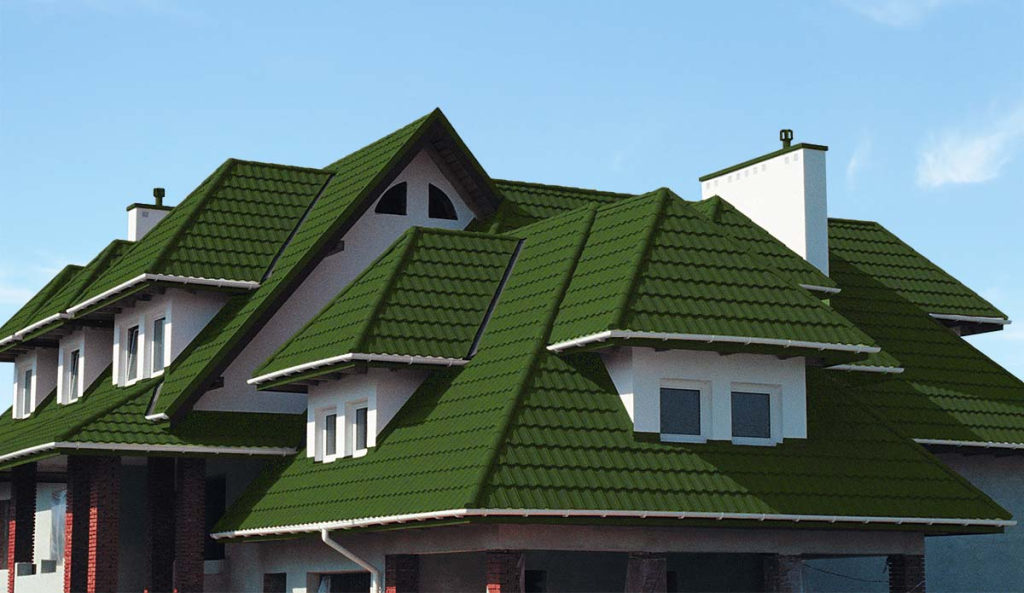
Insulated roofing sheets are building materials designed to provide both roofing and insulation in one product. They are commonly used in residential, commercial, and industrial construction projects to create a thermally efficient and weather-resistant roofing system.
Part 1: Composition
These sheets typically consist of multiple layers, including:
1.Outer Roofing Layer: This layer is typically made from materials such as metal (e.g., steel or aluminum), polycarbonate, or fiberglass. It provides protection against weather elements, UV radiation, and mechanical damage.
2.Insulation Layer: The insulation layer is the core component of the insulated roofing sheet. It helps to prevent heat transfer through the roof, keeping the interior of the building cooler in hot weather and warmer in cold weather. Common insulation materials used include expanded polystyrene (EPS), polyurethane foam, and mineral wool.
3.Inner Ceiling Layer (Optional): In some designs, an inner layer, often made of materials like metal or PVC, is added to the underside of the insulation layer to create a finished ceiling appearance on the interior of the building.
Part II: Advantages
1.Energy Efficiency: Insulated roofing sheets can significantly reduce heat gain or loss through the roof, leading to lower energy consumption for heating and cooling.
2.Comfort: These sheets help maintain a more stable indoor temperature, enhancing occupant comfort.
3.Condensation Control: Properly insulated roofing can help reduce the risk of condensation forming on the interior surface of the roof, which can prevent issues like mold growth and deterioration of materials.
4.Quick Installation: Insulated roofing sheets often come in prefabricated panels, making installation faster and more efficient compared to traditional roofing and insulation methods.
5.Space Savings: Insulated roofing sheets eliminate the need for separate insulation installation, saving space within the building envelope.
6.Longevity: The combination of weather-resistant outer layers and insulation materials can contribute to the longevity of the roofing system.
7.Design Flexibility: Insulated roofing sheets are available in various materials, colors, and profiles, allowing for design customization to match the aesthetic requirements of the project.
It’s important to note that the specific properties and benefits of insulated roofing sheets may vary based on the materials used, the thickness of the insulation, and the overall design of the product. When considering insulated roofing sheets for a construction project, it’s advisable to consult with professionals in the construction industry to ensure the appropriate product is selected and installed correctly.



